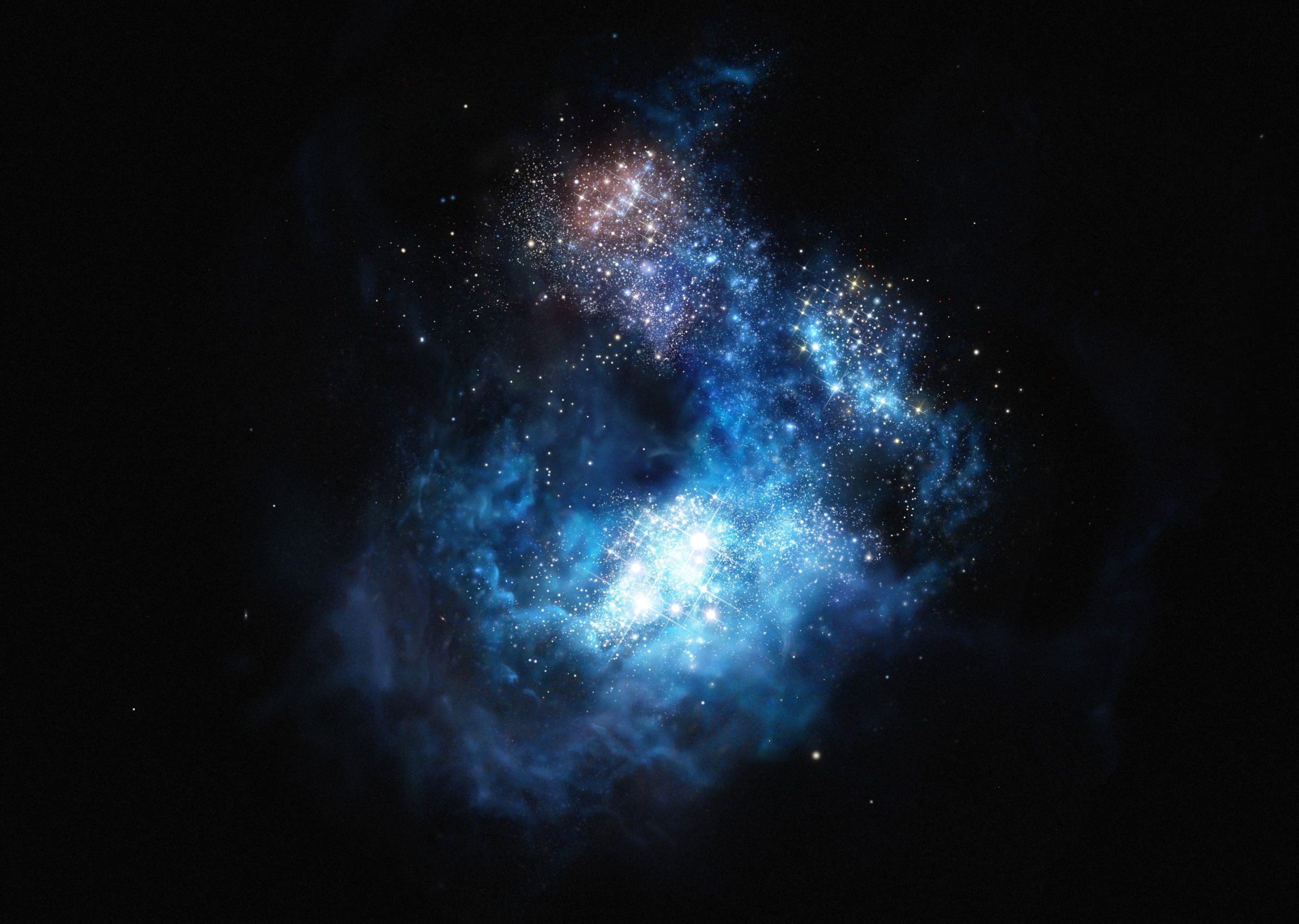
Astronomers say a newly-discovered batch of gigantic, super-intense stars that burned out millennia ago may have helped create life in our universe, and they’ve named the galaxy where they found them after one of the world’s most luminous soccer players.
The group of astronomers at the University of Lisbon in Portugal and the Leiden Observatory in the Netherlands announced that they’d spotted evidence for these stars in a previously unknown galaxy of extremely luminous helium and hydrogen, the New York Times reports. They named the galaxy CR7 in honor of the Portuguese soccer star Cristiano Ronaldo.
The authors write in The Astrophysics Journal that the stars’ explosions within our universe could have spawned elements that began the chain of thermonuclear reactions through which modern-day stars give off carbon, oxygen, and iron — the elements that helped create planets, and life.
Dr. David Sobral, who leads the team at The University of Lisbon, told the New York Times in a statement from the European Southern Observatory, “It doesn’t really get any more exciting than this.”
More Must-Reads from TIME
- How Donald Trump Won
- The Best Inventions of 2024
- Why Sleep Is the Key to Living Longer
- How to Break 8 Toxic Communication Habits
- Nicola Coughlan Bet on Herself—And Won
- What It’s Like to Have Long COVID As a Kid
- 22 Essential Works of Indigenous Cinema
- Meet TIME's Newest Class of Next Generation Leaders
Contact us at letters@time.com